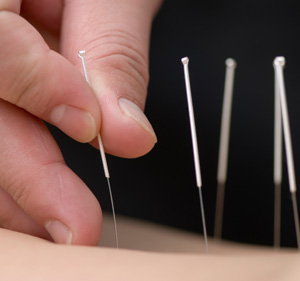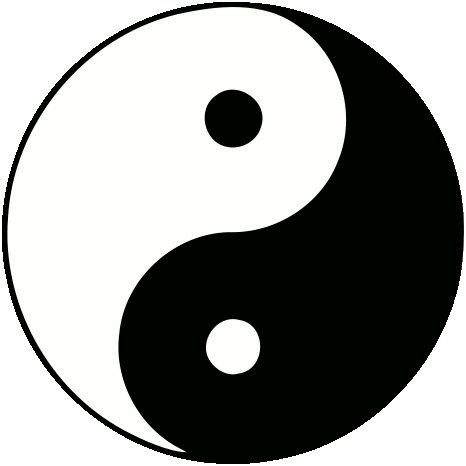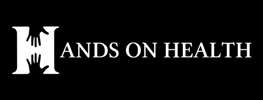Acupuncture
 Acupuncture is a Chinese therapy that dates back thousands of years. The basic premise lies in maintaining the free flow of "Qi" throughout the body. Qi is the body's "vital energy" that flows through the meridians or channels. Any obstruction to the flow of Qi disturbs the state of harmony or balance in the body, producing pain and disease states.
Acupuncture is a Chinese therapy that dates back thousands of years. The basic premise lies in maintaining the free flow of "Qi" throughout the body. Qi is the body's "vital energy" that flows through the meridians or channels. Any obstruction to the flow of Qi disturbs the state of harmony or balance in the body, producing pain and disease states.
Chinese medicine is also concerned with maintaining a balance between Yin and Yang. Yin and Yang are opposite yet complementary qualities whose properties describe various patterns in the body. An excess or deficiency of either Yin or Yang, promotes disharmony and disease.
Acupuncture utilizes the insertion of needles at specific points on the body to ensure the free flow of Qi, and balance between Yin and Yang.
The Organs & Meridians
Each of the major organs are classified as either Yin or Yang. The Yin organs represent structure and are paired with a corresponding Yang organ, which represents function:
| YIN | YANG | |
|---|---|---|
| Heart | Small Intestine |  |
| Pericardium | Triple Warmer | |
| Spleen | Stomach | |
| Lung | Large Intestine | |
| Kidney | Bladder | |
| Liver | Gall Bladder |
These organs correspond to a particular channel or "meridian" in the body that contain specific points where energy is regulated (the "Acupoints").
Each of the organ pairs are related to a particular tissue in the body, sense organ, season, climate, and time of day. By recognizing patterns of organ dysfunction it is possible to use the Acupoints to dispel disease.
Conditions
Acupuncture can be used to treat almost all types of patients and is beneficial for a wide variety of conditions, including: Neck & Back Pain: Disc Herniations, Strains/Sprains, Arthritis Headaches: Migraine Headache, Tension Headaches Fibromyalgia Shoulder Conditions: Rotator Cuff Syndrome, Impingement, Thoracic Outlet Syndrome Knee Conditions Neurological Conditions: Carpal Tunnel Syndrome, Bell's Palsy, Trigeminal NeuralgiaFor more information about Acupuncture and Chinese Medicine, please refer to The Web That Has No Weaver, by Ted J. Kaptchuk, O.M.D.

